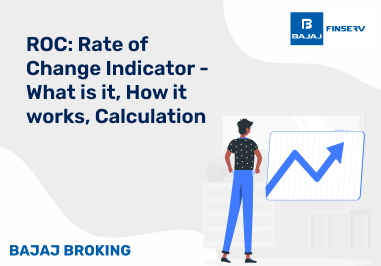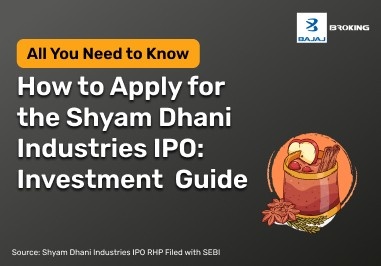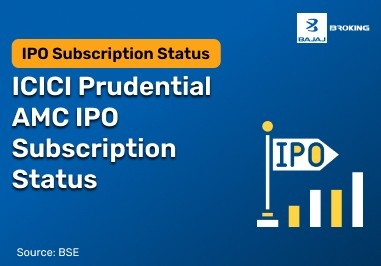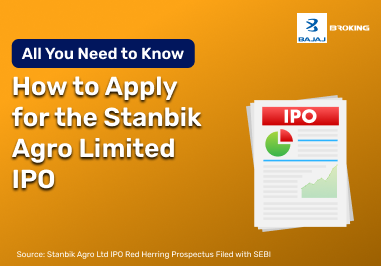If you have ever searched for the most expensive stock in India, you have likely come across MRF. But why MRF share price is so high is a question many Indian investors ask. MRF, or Madras Rubber Factory, is a well-established tyre manufacturer with a reputation for consistency and strong fundamentals. Its high share price does not indicate inflated valuation but reflects a combination of limited shares, investor trust, and long-term performance. While this may not make MRF accessible to all investors, it does offer insights into how pricing in the stock market can be influenced by more than just earnings.
How Is Mrf Share Price High?
MRF's share price stands out in the Indian stock market because of its unique pricing structure. Instead of conducting stock splits or issuing bonuses like many companies, MRF has retained its original share value format. This strategy reduces the number of outstanding shares, keeping demand concentrated. When you compare this to companies with lower face values and higher share volumes, MRF’s price per share appears much higher. However, the market capitalisation is a more accurate reflection of its size. The absence of splits contributes to the perception that MRF is costlier, although its valuation metrics are consistent with industry standards.
Factors Contributing to Mrf's High Share Price
Before looking at the reasons for MRF’s high stock price, it helps to understand how unique business strategies and investor preferences can influence share valuation. These contributing factors are not unusual in the market, but in MRF’s case, they work together to create a high share price structure.
No Stock Splits or Bonuses Issued
MRF has chosen not to split its shares, meaning the face value remains at ₹10. The share count stays limited, concentrating the price. This creates scarcity, which in turn sustains the high trading value per share. Other companies may show lower prices due to split shares, not lower value.
Strong Financial Fundamentals
Over the years, MRF has maintained profitability and stability in revenue generation. Investors often view such consistency as a sign of trustworthiness. This solid financial performance keeps long-term holders interested, reducing frequent trading and contributing to its price retention.
Low Floating Stock in the Market
Because MRF has not issued additional shares frequently, the number of shares available for public trading is low. This limited supply, combined with demand from institutional and retail investors, increases its trading price significantly over time.
Brand Legacy and Industry Trust
As a leading name in the tyre industry, MRF’s reputation enhances its investor appeal. The company has been in operation for decades and has built a legacy that influences market confidence, contributing to premium pricing.
Stable Dividend Policy
Despite its high price, MRF offers regular dividends to its shareholders. This appeals to investors looking for stability rather than capital appreciation. Regular income also makes the stock attractive for conservative investors.
How Do You Decide Which One to Go To?
You might wonder whether investing in a high-priced share like MRF or a lower-priced alternative makes more sense. This decision depends on your goals, the company's fundamentals, and your portfolio strategy. The table below compares essential aspects of MRF with other considerations investors usually evaluate before making a choice.
Evaluation Factor
| Choosing MRF
| Choosing Lower-Priced Stock
|
Investment capacity
| Requires high capital due to the share price
| Accessible to more investors with limited funds
|
Long-term consistency
| Known for long-term stable performance
| Performance may be volatile depending on company size
|
Liquidity in trading
| Lower due to high price per share
| Higher liquidity due to more volume traded
|
Dividend policy
| Offers regular but moderate dividends
| Some offer higher yield; others offer none
|
Portfolio strategy
| Better for concentrated long-term holdings
| Better for diversifying across multiple sectors
|
This decision should align with your goals, financial comfort, and long-term investment approach.
Comparison with Other Indian Stocks
MRF’s high trading price often sparks comparison with other stocks on Indian exchanges. While it is the most expensive in absolute terms, it does not necessarily mean it has the highest valuation. Comparing MRF share price history with other stocks gives a better view of its uniqueness.
Company Name
| Share Price (approx.)
| Market Capitalisation
| Share Split History
|
MRF Ltd.
| ₹1,30,000+
| Moderate
| No stock split
|
Page Industries
| ₹36,000+
| Moderate
| Has issued bonuses
|
Honeywell Automation
| ₹45,000+
| Lower than MRF
| No major split activity
|
Reliance Industries
| ₹3,000+
| Very high
| Multiple splits and bonuses
|
As seen, other companies with larger market caps have lower share prices due to stock splits, unlike MRF.
Investor Sentiment and Market Perception
Investor perception plays a large role in how MRF’s share price is sustained at a high level. Many investors view MRF as a premium brand in the tyre sector, and this perception affects its valuation. The share is often seen as a status holding, symbolising patience and discipline in long-term investing. Additionally, the scarcity of floating shares fuels this perception by making each share seem more exclusive. This sentiment also discourages frequent trading, keeping volatility low. While market fundamentals like earnings and revenue guide price stability, psychological factors and legacy branding also contribute. You may not always see this in company reports, but it is visible in investor forums and discussions around MRF share price history.
Conclusion
MRF’s high share price is not just a result of market speculation—it reflects a deliberate structural choice. By avoiding share splits, MRF has maintained a high face value, which limits the number of shares in circulation. This scarcity, combined with its strong financial track record, contributes to sustained investor interest and limited trading activity.
The company’s brand legacy and solid fundamentals further boost market confidence. With fewer shares available and a perception of exclusivity among investors, MRF continues to trade at a premium. Its pricing reflects trust, stability, and the long-term value many associate with holding MRF stock.














